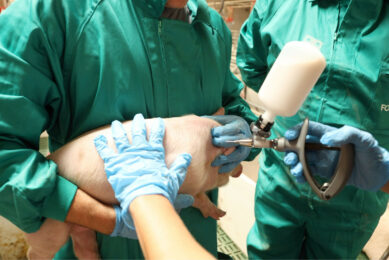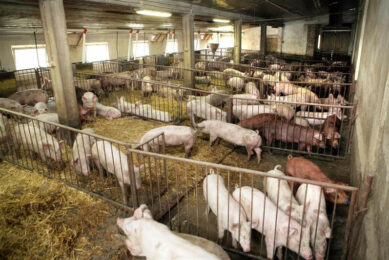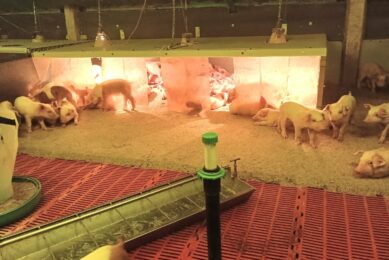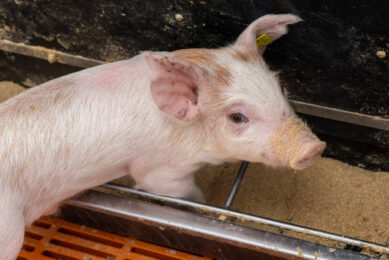Microclimates for reduced energy costs and improved pig welfare
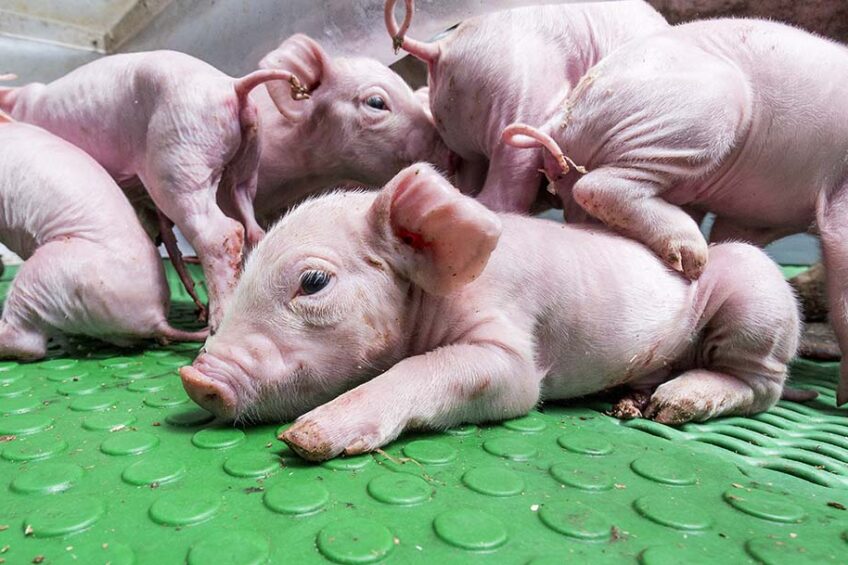
With the stark increase in energy prices, many of us will have paid attention to where energy can be reduced. Turning down the heating may help a bit, but what about the massive energy costs of keeping pigs at the recommended temperatures? What are the alternatives, and what do they mean to pig health? Pig welfare expert Dr Irene Camerlink discusses the options.
The recommended temperature for gestating and non-pregnant sows is around 15-20°C, for growing pigs circa 21°C, weaned pigs 23-29°C and piglets 38°C and above. Usually the upper temperatures within a range are followed, as studies have shown that pigs’ growth performance is better when they are kept in the upper range of the comfort zone. Aside from the energy bill, one can question if such temperatures are really best for pigs when considering more than just growth performance.
Temperature fluctuations in nature
In nature, the temperature fluctuates with daytime and seasons. While we may prefer to be warmer in the winter and cooler in summer, the exposure to different temperatures is good for health and resilience. When ill, animals will search for the microclimate that benefits their recovery.
Also, cooler temperatures during the night improve the circadian rhythm, which is beneficial for health. Keeping pigs at constant warm temperatures may improve growth rate but may not optimal to overall health – or the energy bill.
A study showed that gestating sows prefer a temperature around 14-15°C when given the choice, and lactating sows can even have lower temperatures due to their high metabolic heat
Pigs may prefer lower temperatures
Pigs may actually prefer a bit lower temperatures. A study showed that gestating sows prefer a temperature around 14-15°C when given the choice, and lactating sows can even have lower temperatures due to their high metabolic heat. In fact, only the young piglets need to be kept properly warm. This can be done by using heat lamps, heating plates and a creep area, to provide a warm microclimate for piglets and a cool environment for the nursing sows. It also encourages piglets to spend more time in the creep area, and thereby prevents crushing.
A covered creep seems less ideal for management but it gives pigs, which are prey species, a safe place to hide and rest, resulting in a calm farrowing room.
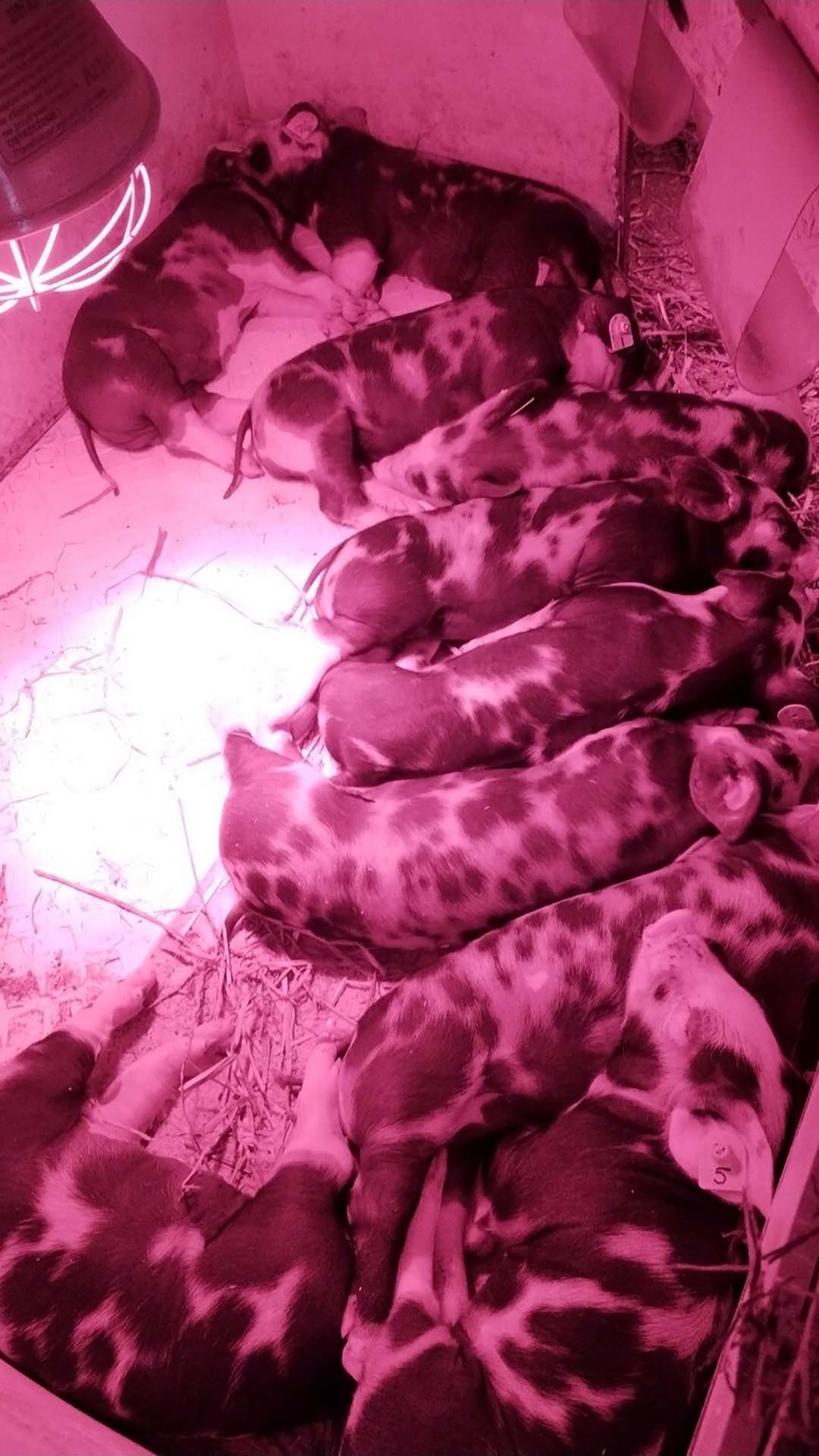
No payback of higher temperatures
When putting the current energy prices against the suggested extra growth from heating, I don’t think that the higher temperature pays itself back. In fact, the pigs may actually do better in a slightly cooler barn, in barns with gradually fluctuating temperatures (cooler nights), or in pens with microclimates.
Creating zones where pigs can choose between a warm creep area or open space allows them to self-regulate to their own needs. Of course, drafts should be absolutely avoided and humidity has to be in balance with the temperature. As with all changes in management, try it out on a small section first and observe what happens.
As is shown in the picture, lying patterns are a good indicator of how pigs perceive the climate. Pigs prefer physical contact to others, but when they huddle on top of each other it is too cold and when they space far apart it is too warm. Letting pigs decide upon the climate can improve their welfare and reduce your energy costs.



